SEPM Spotlight
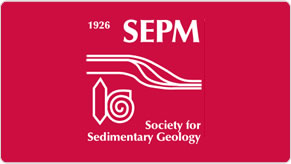
Feature on student and early career research in SEPM
I’m very honored to have been featured in an SEPM Research Spotlight.
Read more in link below.
Links
SEPM website Ooids are small carbonate grains formed in shallow, tropical seas. Ooids are small, well-rounded carbonate grains formed in warm, shallow waters with sufficient agitation. These Bahamian ooids were filled into snap caps on a recent field trip as an example for our lab and geology students. Shallow-water coral reef limestones and oolites (rocks made up of ooids) can be excellent hydrocarbon reservoirs due to their coarse skeletal constituents, large pore spaces, and easy dissolution opening up new pore spaces (but sometimes also precipitation!). Fun fact: First time getting exposed to oolites in my life as geologist was a Jurassic formation in southern Germany, a location where oolites were first described in the 1500s. The geologists described the texture to look like fish eggs (roe). Seismic surveying offshore requires an airgun as pressure source. Seismic surveying offshore requires an airgun as pressure source. The device has a pressure chamber, which is continuously loaded and released in an instant. The release causes a pressure wave travel trough the water column down to the sea floor and throug the rock layers. In this experiment, the hydrophone was lowered into the borehole and the one-way travel time can be measured. Typically, in most surveys there are no boreholes available and the two-way-travel time can be measured from hydrophones straming behind a survey vessel. In this instance IODP Expedition 356 conducted a Vertical Seismic Profile (VSP) In a VSP experiment, a borehole seismic tool (VSI) is anchored against the borehole wall at regularly spaced intervals and records the full waveform of elastic waves generated by a seismic source positioned just below the sea surface. These “check shot” measurements relate depth in the hole to traveltime in reflection seismic profiles. The VSI used on the ship contains a three-axis geophone. In a VSP survey, the VSI was anchored against the borehole wall at approximately 25 m station intervals (where possible), with 5–10 air gun shots typically taken at each station. Quote from: IODP Expedition 356 Proceedings Siccar Point is one of geology’s iconic locations. Siccar Point (East Scotland) is an important type location where intellectual progress was made by James Hutton (1726-1797). At ´Hutton’s Unconformity´ two very different rock formations are coming together at very crass angles. The older rock, a Silurian deep-water greywacke, was uplifted, folded, and eroded during a period of ~50-80 million years before the younger Devonian Old Red Sandstone was deposited on top. In fact, the Old Red Sandstone contains some greywacke lithoclasts. You should consider making this outcrop part of your next visit to Scotland not only because of its beauty, but also because of its significance for geology as a #science in general. This iconic outcrop is considered to have spurred modern geologic thinking how deposition, folding, and erosion work. Furthermore, Hutton also used Siccar Point as a prime example to proof how much time is stored in the rock record contrary to previous assumptions. The Geological Society’s 100 Great Geosites: Siccar Point Coral skeletons are drilled for geochemical studies. The coral reef workgroup came back with Florida Keys cores and I took the opportunity to have a look at them before go into the laboratory for processing. Looking closely, you can trace the coral polyp growth direction and even the transition from living coral to clean skeleton. Insight: the living part of the coral is only a thin outer skin. Further down the core individual polyp cavities become rock porosity. This skeleton is biomineralized from sea water and incorporates and preserves trace elements and stable isotopes from the time the coral was alive. Taking geochemical samples across the core allows us to recreate a detailed history of these trace elements. These trace elements act as proxies for various parameters such as water temperature, salinity, nutrient availability, upwelling, polar ice volume etc. These cores are not easily obtained anymore today, since coral reefs are in a bad conditon in the Florida Reef. A lot of permiting is required to justify core extraction. Fun fact: In the old days, several decades ago, it was common for researchers to use explosives to get large chunks of corals to study. USGS scientists drill a coral core in the Florida Keys Woodshole Researchers on Coral Coring campaign Fresh Ooids under the Microscope!
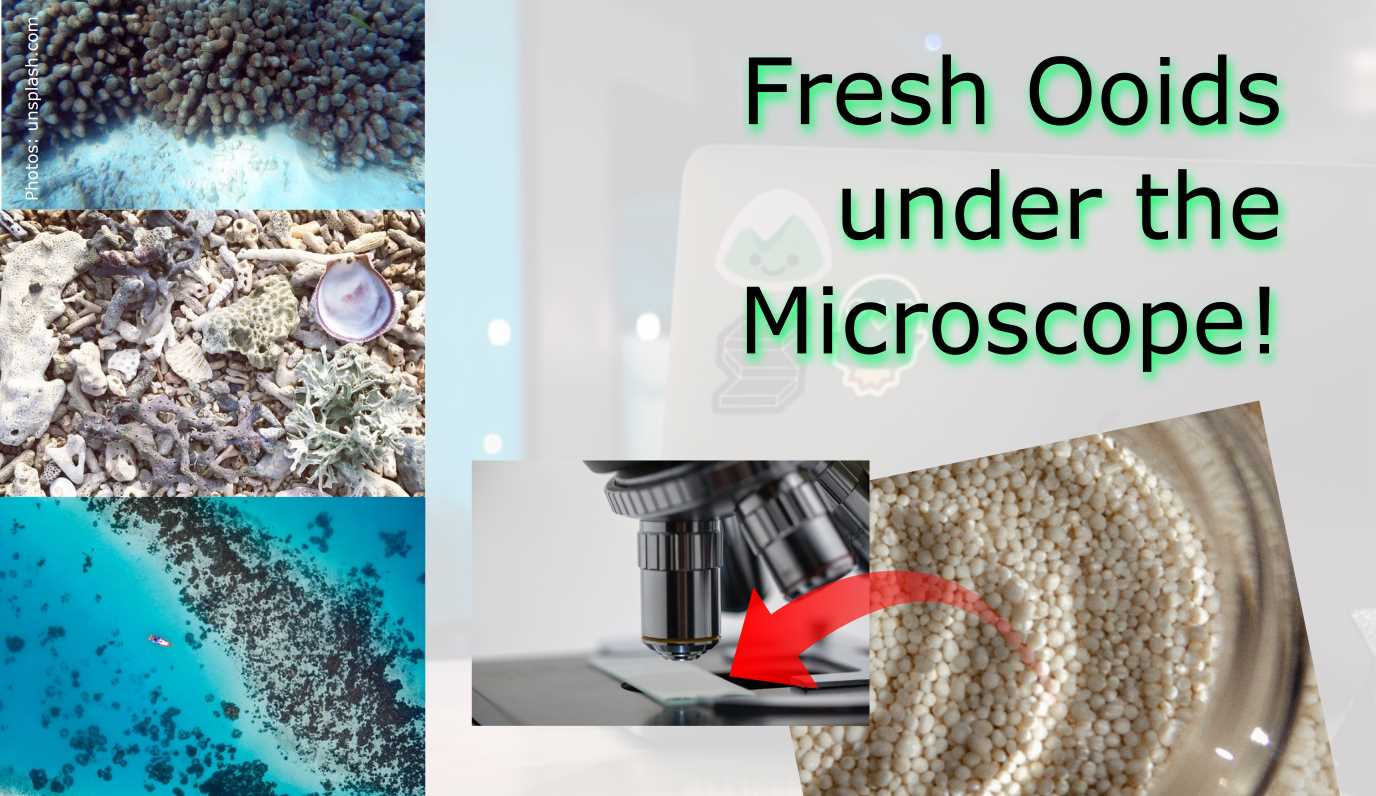
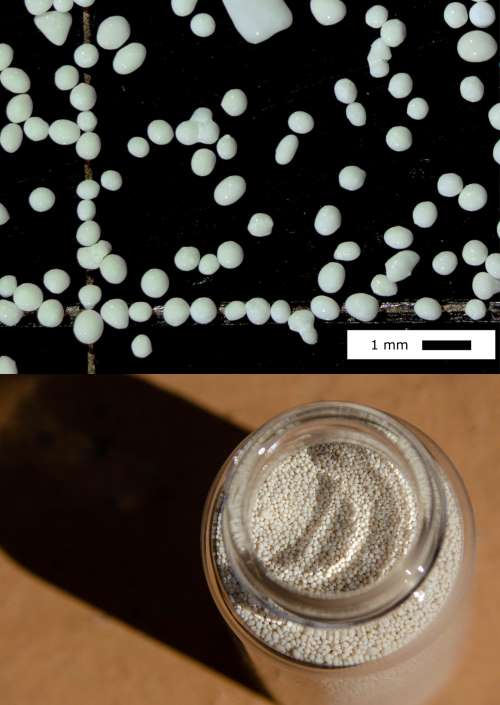
Airgun Release in the Name of Geophysics!
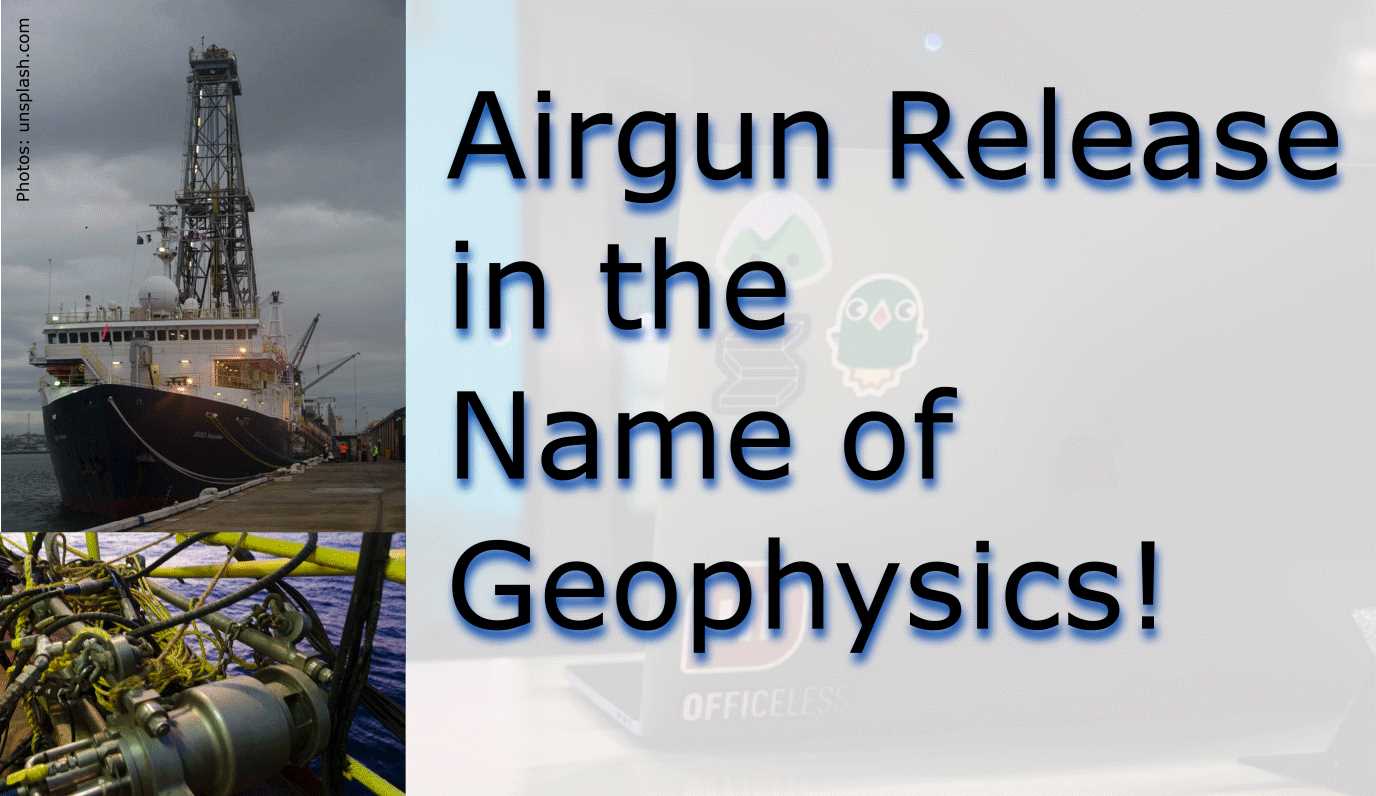
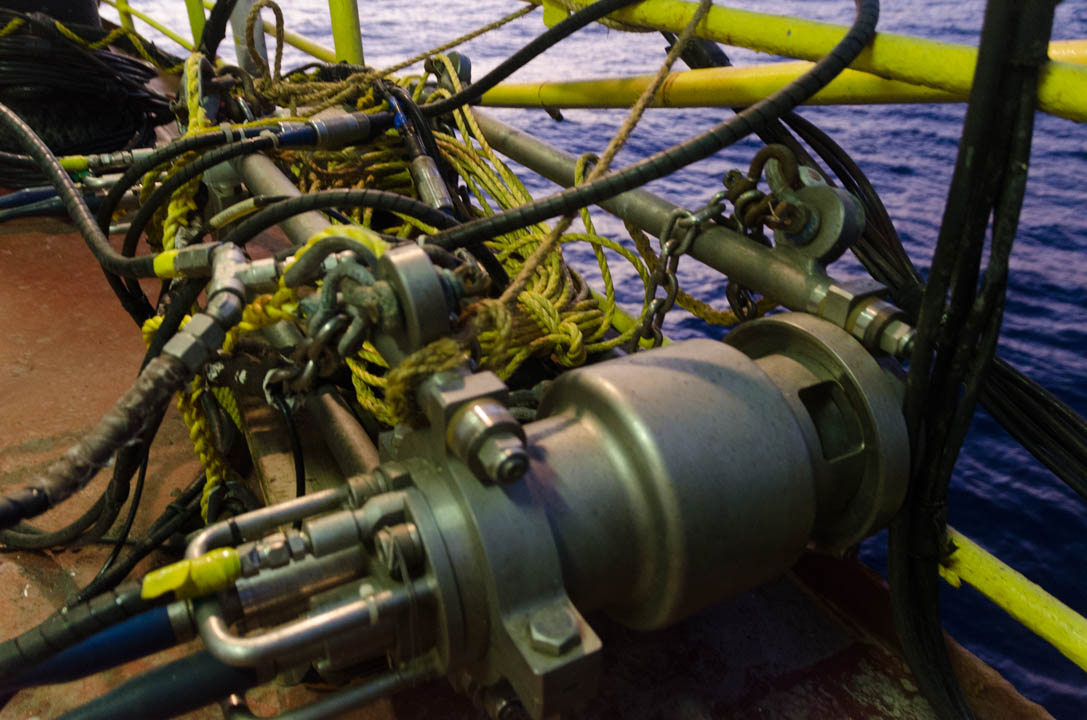
Play on Youtube
Siccar Point and Hutton's Unconformity
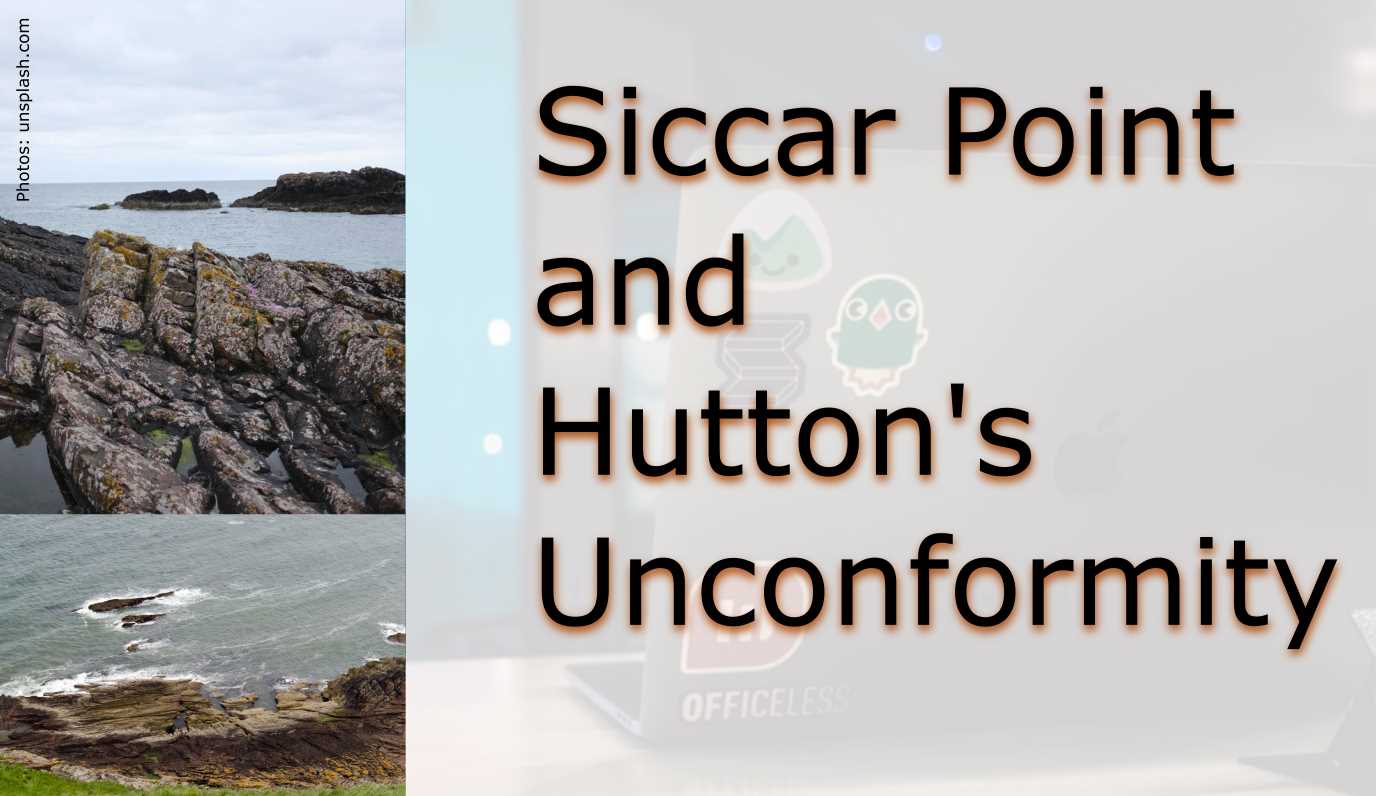
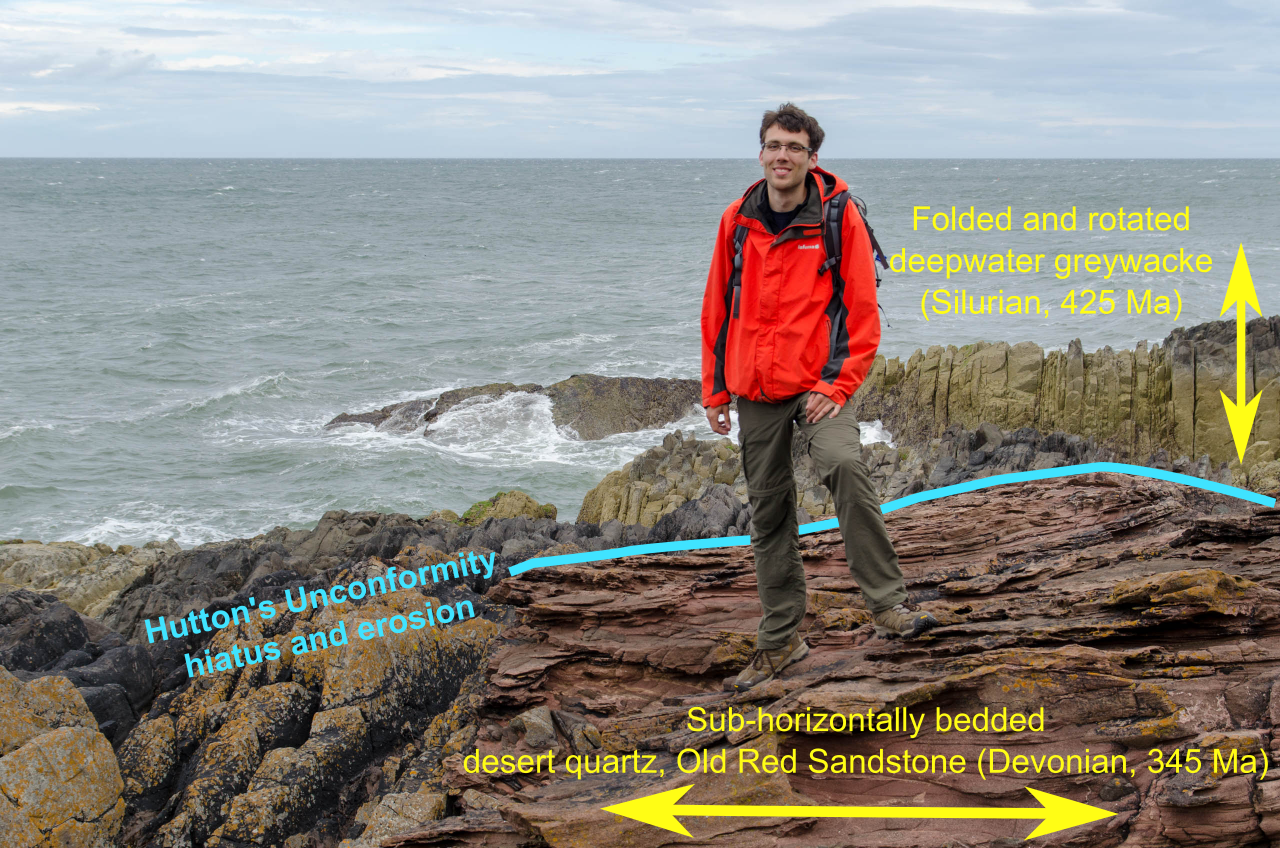
Further reading
Freshly Drilled Coral Cores ... from the Florida Reef Tract
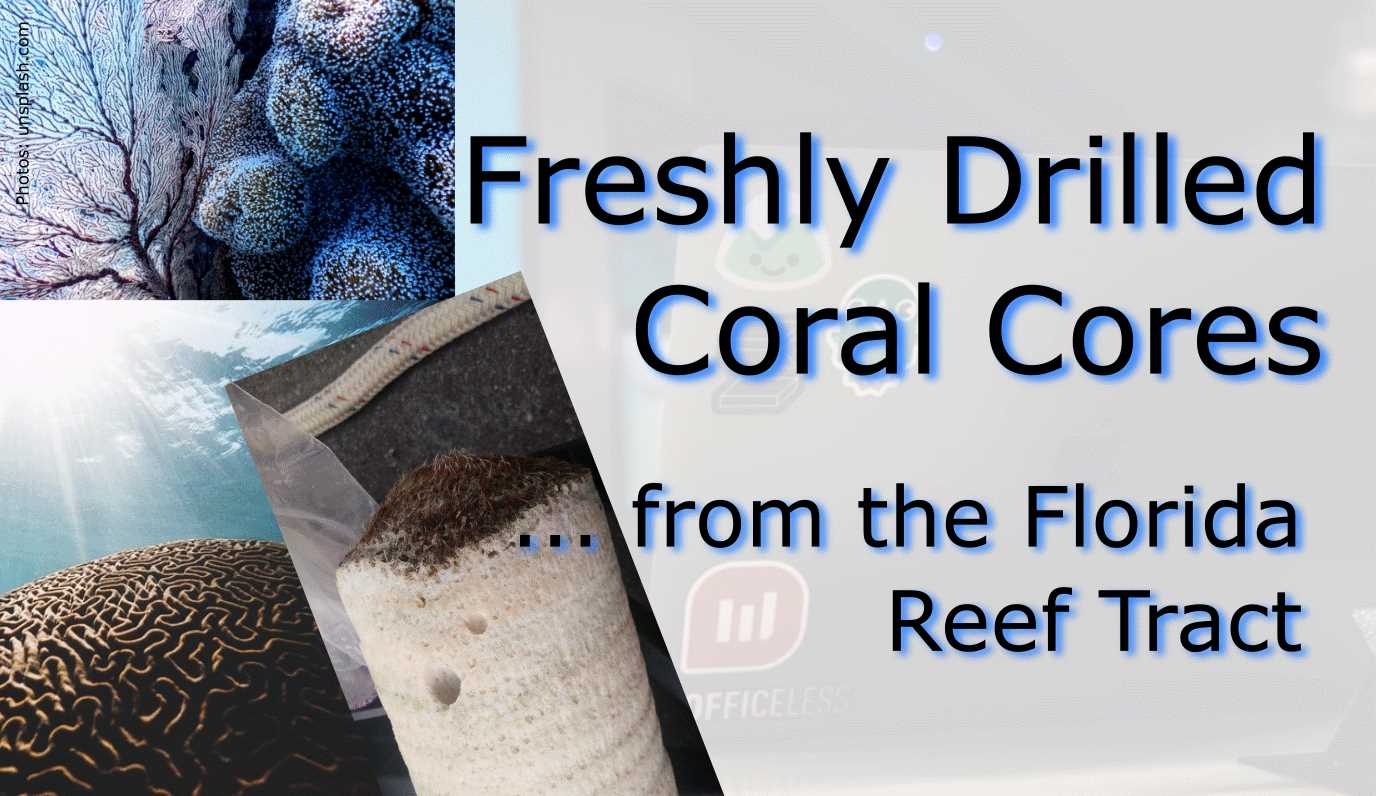
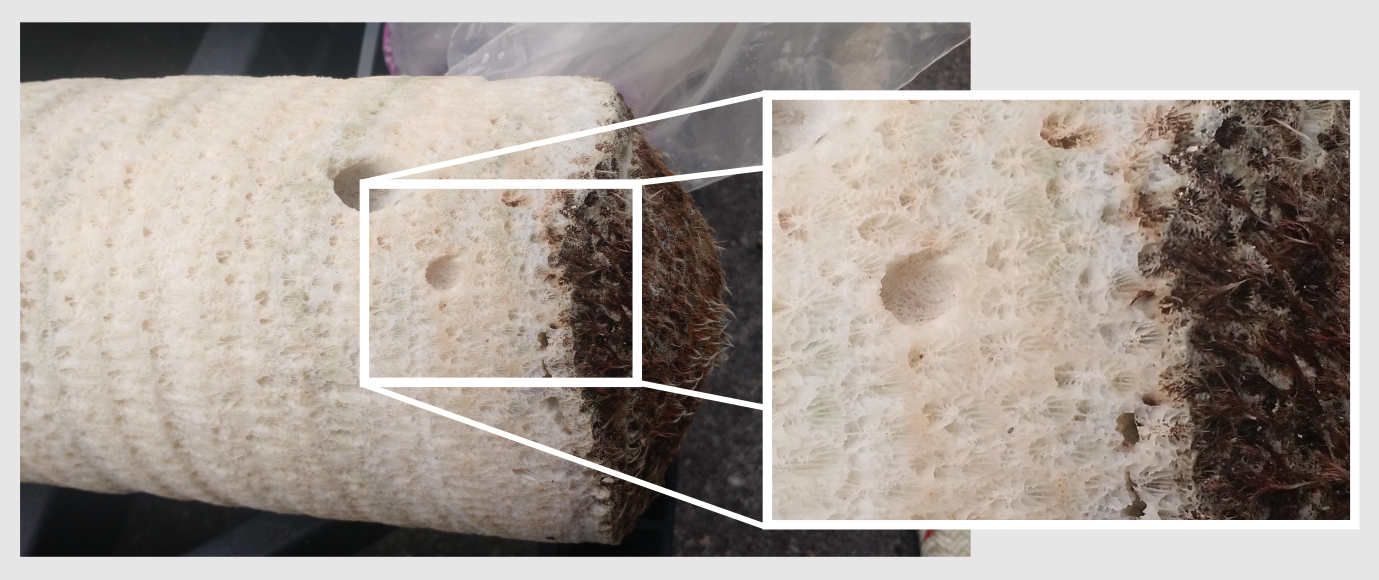
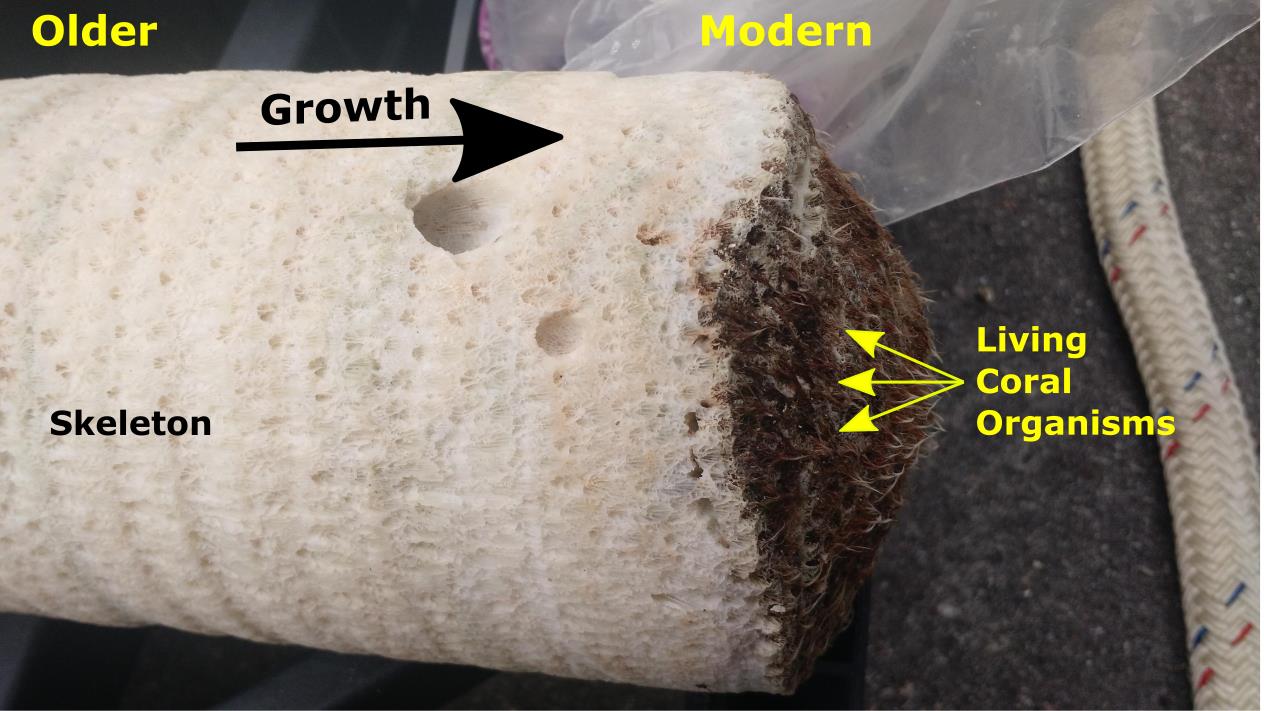
Further reading
Pagination